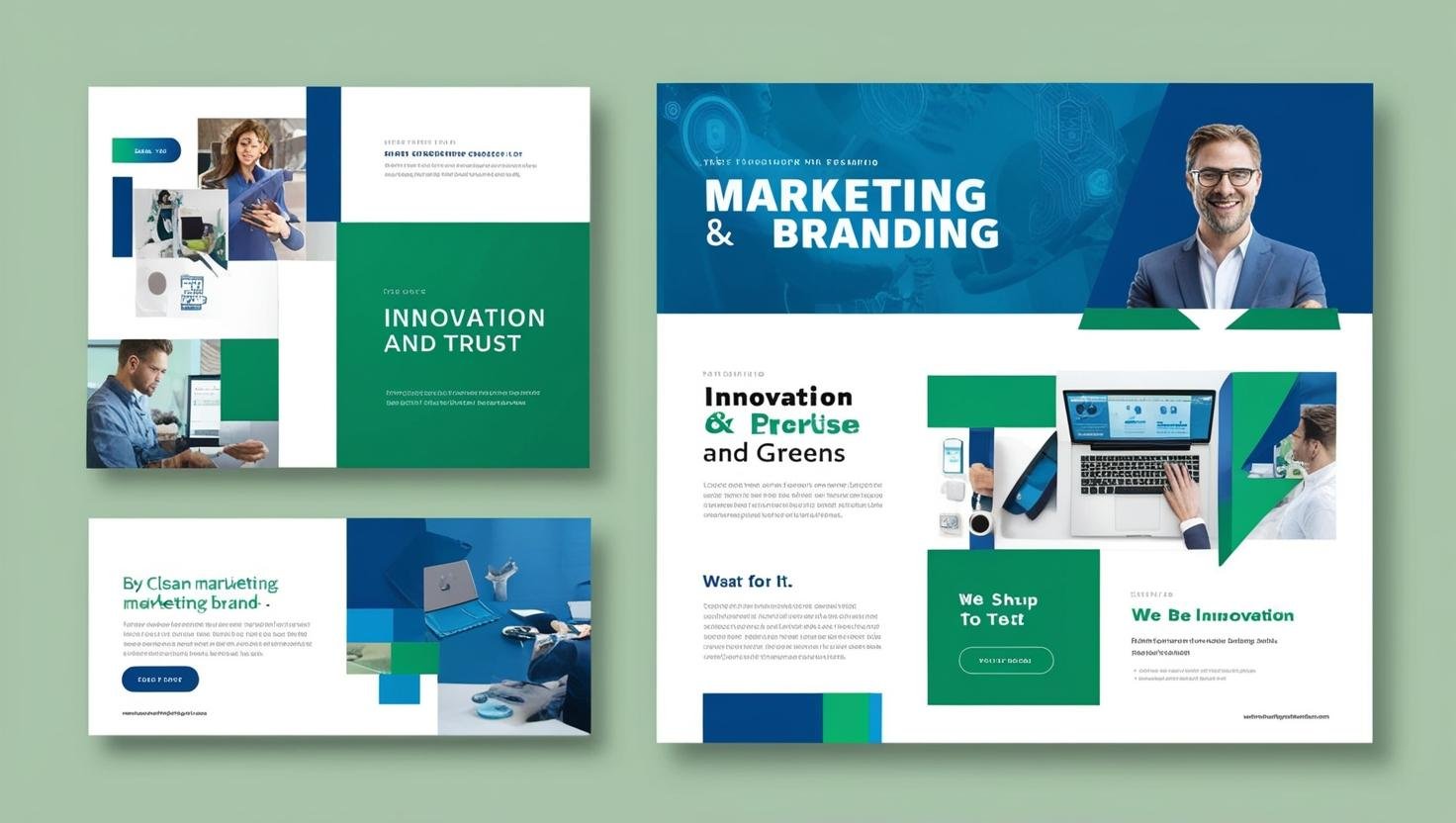In the early days of a startup, most founders pour their energy into perfecting the product—its features, usability, pricing, and development cycle. But in today’s oversaturated, fast-moving markets, building a great product is only part of the equation. What truly separates enduring startups from the forgotten ones is a strong, strategic brand—built before the first sale is made.
Branding is no longer just a luxury for big companies—it’s a startup essential, and the earlier it’s established, the better.
1. What Is a Brand—Really?
Your brand is not your logo. It’s not your website. And it’s not just your product.
A brand is the sum total of how people perceive your startup:
- What do they feel when they hear your name?
- What do they expect from you?
- What values do they associate with your company?
- Can they describe you in one sentence?
A startup’s brand identity is its first impression, its personality, and ultimately, its market positioning.
2. Why Startups Should Prioritize Branding Early
✅ Differentiation in Crowded Markets
Most industries today are fiercely competitive. A bold, clear brand voice helps you stand out—even if your product is still developing.
✅ Customer Trust & Loyalty
Customers don’t just buy products; they buy into stories and values. A strong brand makes your early adopters feel emotionally invested.
✅ Investor Confidence
Investors are drawn to startups that not only have a solid product but a clear identity and long-term vision. Branding shows professionalism and market readiness.
✅ Internal Culture and Talent Attraction
A well-defined brand attracts like-minded talent and aligns your team with a shared purpose. Culture starts with brand clarity.
3. Step-by-Step: Branding for Startups
Here’s a roadmap startups can follow to build a brand from scratch—cost-effectively and authentically.
Step 1: Define Your Brand Core
Ask the foundational questions:
- Why does your startup exist? (Mission)
- What problem are you solving, and how are you different? (Value Proposition)
- What do you believe in? (Brand Values)
- Where are you headed? (Vision)
Tip: Avoid jargon. Your message should be clear enough for a 10-year-old to understand.
Step 2: Craft a Unique Brand Personality
If your brand were a person, would it be bold or friendly? Rebellious or sophisticated? Your tone of voice must be consistent across all touchpoints.
Examples:
- Friendly: Slack
- Disruptive: Tesla
- Premium: Airbnb Luxe
- Empowering: Canva
This personality will guide your language, visuals, social media, and customer experience.
Step 3: Build a Visual Identity
This includes:
- Logo
- Color palette
- Typography
- Iconography
- Design system
You don’t need a full agency—many startups use tools like Canva Pro or work with freelancers on platforms like 99designs or Fiverr initially. Just make sure consistency is non-negotiable.
Step 4: Create a Brand Kit or Guide
A simple document that shows how your logo, fonts, voice, and messages should be used. This ensures branding remains consistent across:
- Website
- Emails
- Sales decks
- Social media posts
- Investor materials
4. Launch Marketing: Introducing Your Brand to the World
Before running ads or SEO campaigns, focus on community and connection.
🔹 Start with Storytelling
Introduce your brand through a founder’s letter, short video, or behind-the-scenes posts. Make it human and relatable.
🔹 Own Your Channels Early
Secure your brand name across:
- Domain names (even variants)
- Social media handles
- Email platforms
Consistency builds recognition.
🔹 Leverage “Build in Public”
Early-stage startups can build brand equity by sharing their journey. Use LinkedIn, X (Twitter), and Medium to show:
- Product development updates
- Customer feedback
- Milestones and mistakes
🔹 Community over Advertising
Your first 100 users will likely come through:
- Warm networks
- Referrals
- Niche communities (Reddit, Discord, Slack groups)
Nurture them. They are your brand ambassadors in the making.
5. Measure and Adapt
Branding is a living strategy. Use metrics to refine:
- Website bounce rates and time on site
- Social media engagement
- Customer feedback and NPS
- Brand recall surveys
Every few months, ask: “Are we still aligned with the identity we want to project?”
6. Common Branding Mistakes Startups Make
❌ Copying competitors – Inspiration is fine, but being a clone is forgettable.
❌ Changing identity too frequently – Rebrands confuse customers unless they’re strategic.
❌ Focusing only on the visual – Without a brand voice, your visuals are empty.
❌ Overpromising, under-delivering – Your brand must match real customer experience.
Conclusion: Build the Brand Before You Scale the Product
In a noisy world, branding is how you’re remembered. For startups, it’s not just about getting attention—it’s about building emotional equity from day one.
A great brand doesn’t wait until Series A. It starts with the very first pitch deck, the first landing page, the first social post.
Start with brand clarity. The customers—and growth—will follow.




